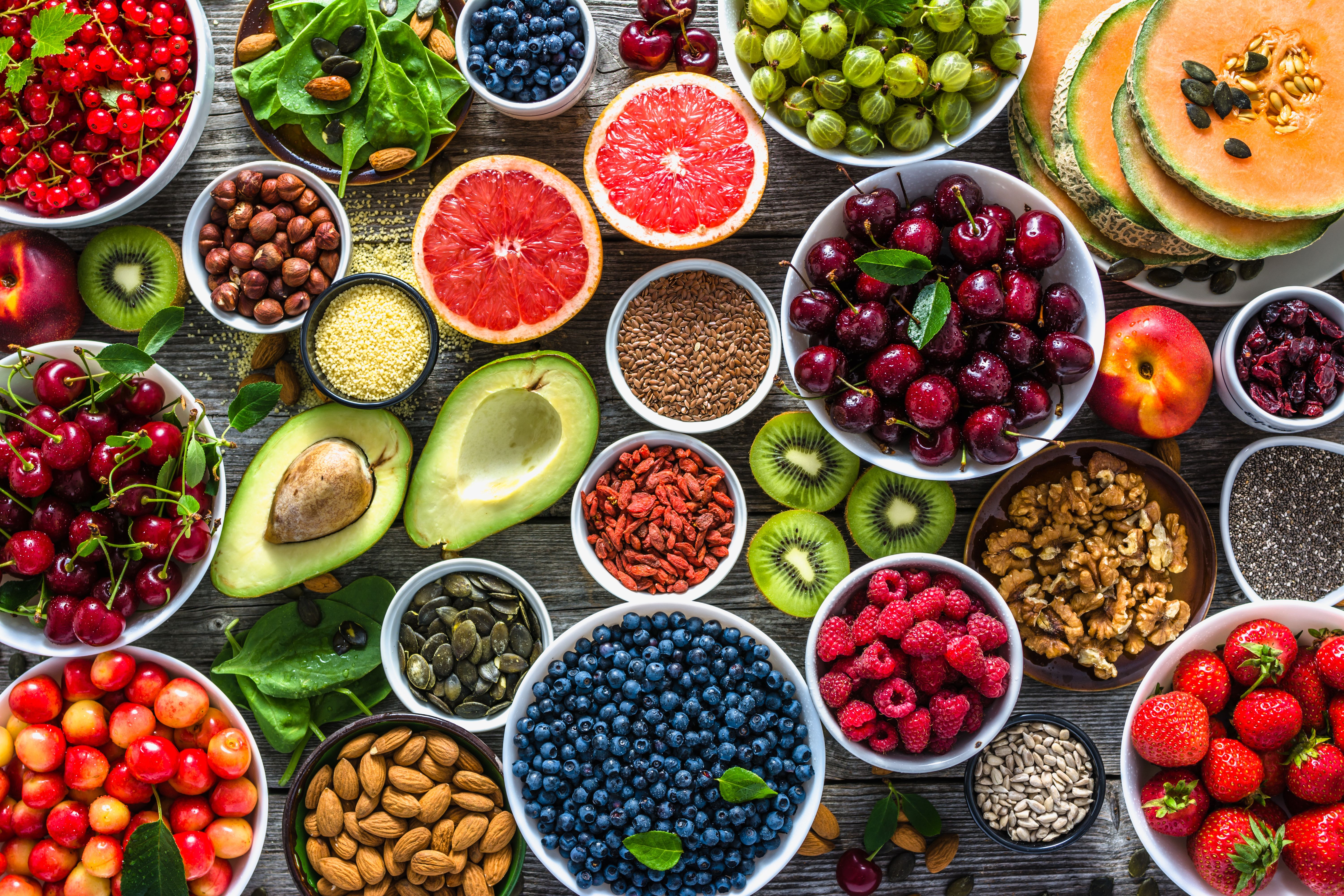Article Highlights
- Foodomics revolutionizes food and nutrition studies by analyzing complex food compositions and their interactions with biological systems.
- Solid-phase microextraction (SPME) and comprehensive multidimensional gas chromatography (GC×GC) have significantly impacted food analysis since their emergence in the 1990s.
- Combining SPME with GC×GC-MS enhances the analysis of volatile and semi-volatile compounds in food.
Foodomics, or the study of food and nutrition using advanced omics technologies, is an important application in chromatographic studies. The field combines many analytical and scientific disciplines, including proteomics, metabolomics, and proteomics. By employing high-throughput analytical techniques, such as mass spectrometry and nuclear magnetic resonance spectroscopy, foodomics researchers can analyze the complex composition of foods and their interactions with biological systems (1).
In a recent review article published in Analytical and Bioanalytical Chemistry, lead author Giorgia Purcaro from the University of Liège, explores the role of solid-phase microextraction (SPME) and comprehensive multidimensional gas chromatography (GC×GC) in revolutionizing food analysis (1). Purcaro’s review begins with the emergence of SPME and GC×GC in the 1990s.
Purcaro writes how the 1990s marked a pivotal period in the field of separation science with the emergence of SPME and GC×GC. The development of these two techniques significantly influenced the way food quality is assessed (1). Although SPME and GC×GC developed independent from each other, these techniques have now become intricately linked because of how both have been used in food analysis (1).
Traditionally, food analysis predominantly focused on targeted approaches, scrutinizing a limited number of analytes at a time (1). However, Purcaro’s review made the case that lately, there has been a shift towards a more holistic methodology, encompassing a diverse array of compounds and considering their potential interactions (1). It is this paradigm shift, as a result, that has led to the rise of foodomics, which seeks to comprehensively evaluate food quality beyond conventional markers and contaminants (1).
Combining SPME with GC×GC –mass spectrometry (MS) has enabled researchers to learn more about what is in food. In particular, this combined technique has helped improve analysis of volatile and semi-volatile compounds in food (1).
Purcaro's review critically examines the myriad applications of SPME-GC×GC in food analysis, underscoring its pivotal role in elucidating complex chemical profiles and detecting subtle variations in food composition (1). Moreover, the review emphasizes the significance of employing appropriate data treatment methodologies to extract accurate and meaningful conclusions from the wealth of information generated by these techniques (1).
The food industry continues to confront challenges related to quality control (QC). Purcaro’s review elucidates that SPME-GC×GC has a sizable role to play in tackling this problem. Because of the capabilities this technique provides, SPME-GC×GC can positively contribute to the foodomics field by being used in a way to safeguard consumer safety (1).
This article was written with the help of artificial intelligence and has been edited to ensure accuracy and clarity. You can read more about our policy for using AI here.
Reference
(1) Aspromonte, J.; Mascrez, S.; Eggermont, D.; Purcaro, G. Solid-phase Microextraction Coupled to Comprehensive Multidimensional Gas Chromatography for Food Analysis. Anal. Bioanal. Chem. 2023, ASAP. Available at: https://link.springer.com/article/10.1007/s00216-023-05048-0

.png&w=3840&q=75)

.png&w=3840&q=75)



.png&w=3840&q=75)



.png&w=3840&q=75)




